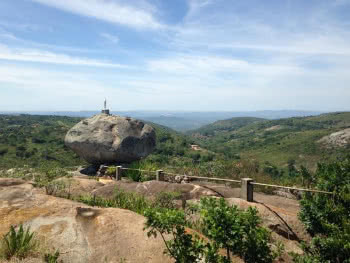India is a country located in South Asia and is characterized by having the second largest population in the world, with 1.21 billion people. Some estimates indicate that, in absolute numbers, the number of inhabitants of this country will exceed that of China in 2035.
Thanks to the religious culture of that country – which values male births more than female ones – the Indian population is mostly male. In proportion, there are 1.08 men for every woman. In the number of children, for every thousand boys, there are 914 girls, a number lower than previously recorded, which announces the increase in abortions of female children in the country.
The average population growth rate in this country is currently at 1.3% per year, representing a 17% increase in population over the last ten years, which is equivalent to almost the entire population Brazilian. Despite this, there is a considerable drop in population growth compared to previous decades.
Nearly a third of India's inhabitants live in rural areas. Despite this low urbanization rate, the cities of New Delhi and Bombay have more than 20 million inhabitants each, characterizing them as metropolises typical of countries underdeveloped, with high unemployment rates, a large number of slums and irregular occupations, precarious housing, saturated traffic and poor living conditions for the most part. of the population.
Do not stop now... There's more after the advertising ;)

Poor Neighborhood in Bombay City
Among the main demographic problems, high mortality rates and high illiteracy rates stand out. For every 100 children who are born, about 60 die during birth; for every 100 inhabitants, 43 cannot read. Despite these alarming numbers, it is important to note that these rates have been significantly reduced over the past few years.
An important feature of the Indian population is the caste system. Officially abolished by the government, as it is considered an offense to human rights, this segregationist division still persists ingrained in the cultural system. According to this system, the population is divided into thousands of different castes, all of which are branches of four original castes: the brahmins (priests), the xatria (rulers and warriors), the vaishas (merchants) and the sudras (farmers). In addition to these varieties, there are also the untouchables, those lower on the Indian social scale, who do not enjoy the same privileges as the rest of the population.
____________________
¹ Image credits: radiokafka and Shutterstock
By Rodolfo Alves Pena
Graduated in Geography
Would you like to reference this text in a school or academic work? Look:
PENA, Rodolfo F. Alves. "Population of India"; Brazil School. Available in: https://brasilescola.uol.com.br/geografia/populacao-India.htm. Accessed on June 27, 2021.


